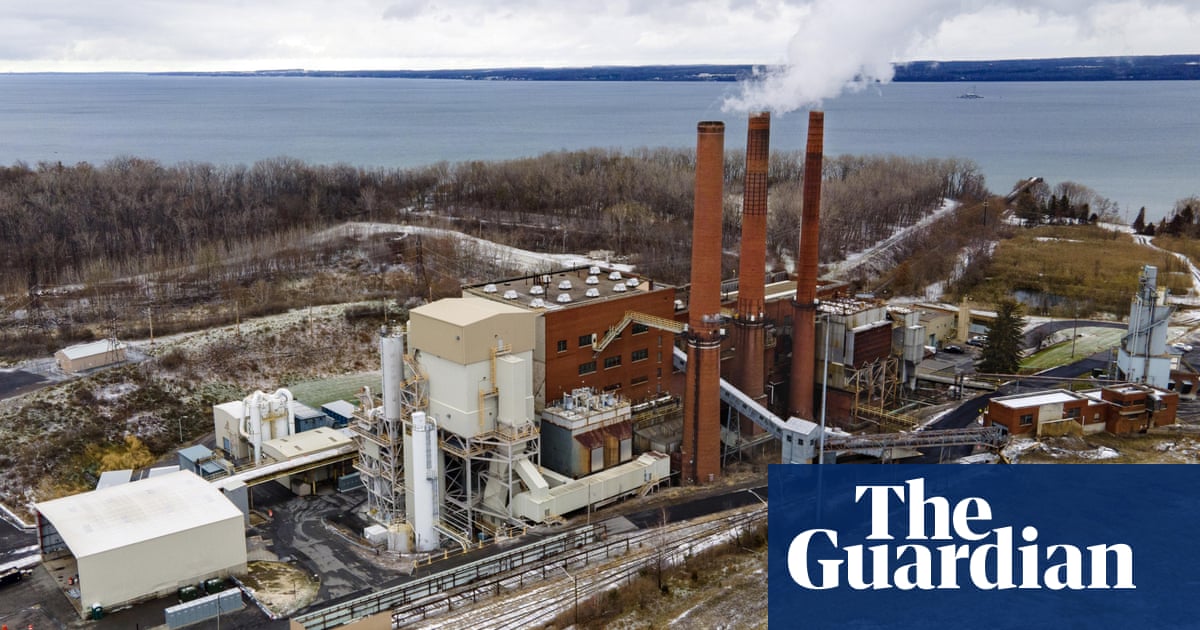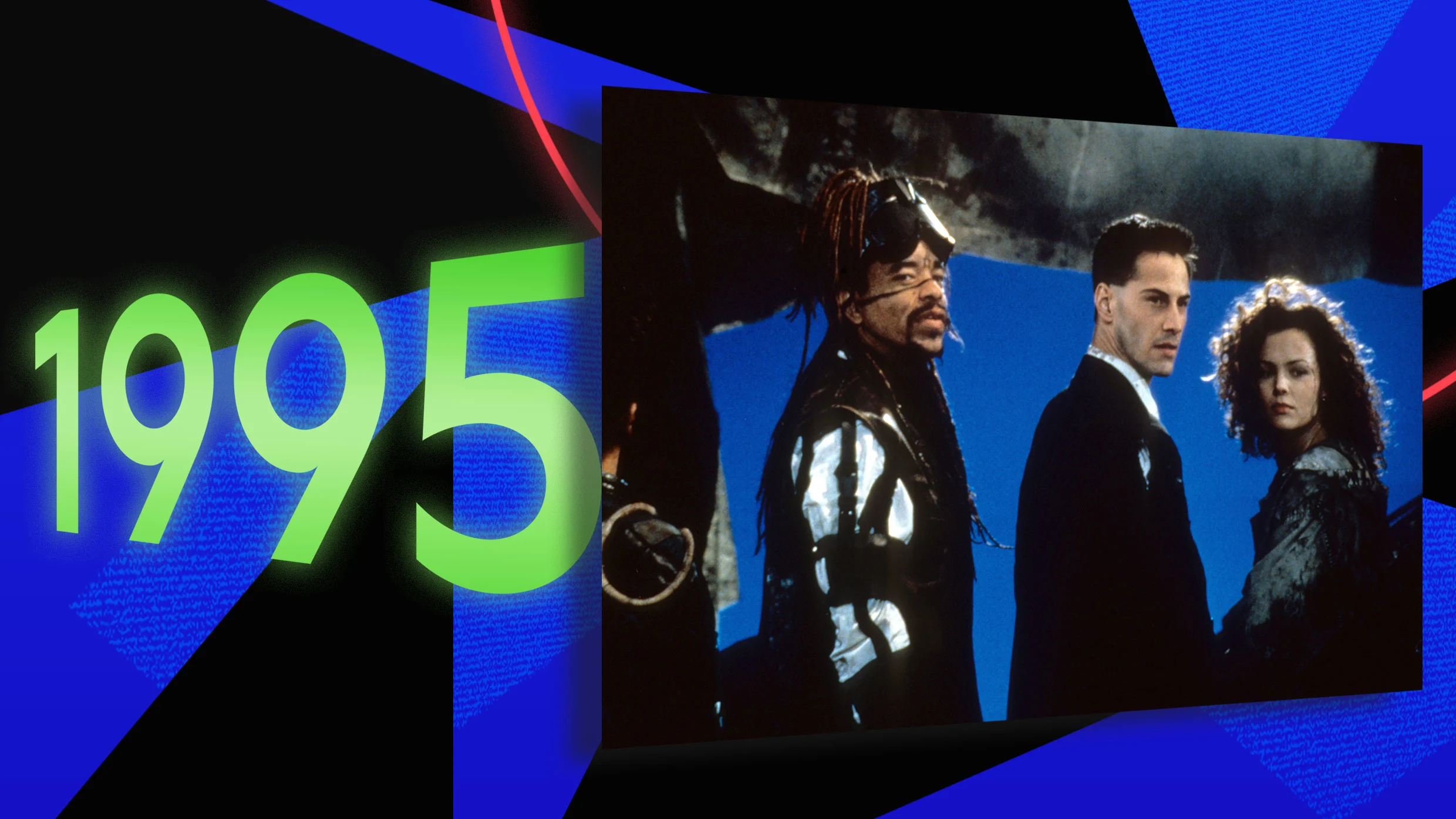First came the dogs’ balding – leathery pink patches on otherwise glossy fur coats.
The veterinarian told Shenice Copenhaver it was genetic. But it wasn’t long before one of the hairless puppies began stealing blankets to burrow beneath furniture and hide for long stretches.
Around the same time, in the summer of 2022, she first heard the noise: a deep, mechanical howl that becomes shrill closer to the facility. Copenhaver didn’t know it then, but bitcoin miners had come to town. Less than a mile away from her home in east Texas, a cryptocurrency mining facility was rumbling to life.
The hum has since become the soundtrack to life for hundreds of residents in the small city of Granbury, with a population of 12,600. It echoes across agricultural land and forests, chasing away deer. It seeps into walls, vibrating bedrooms and dinner tables. Copenhaver’s neighbor Cheryl Shadden imagines it is what standing on the edge of Niagara Falls might sound like. Copenhaver says it’s like a jet engine is forever stationed nearby.
A video of the site from Shadden’s home, recorded on 23 April, shows green pastures against a backdrop of billowing smoke and the roar.
“It wakes you up,” says Copenhaver. “I’ll be asleep, and everything will be fine, and then I’ll wake up because I can feel it in my chest.”
Large-scale cryptocurrency mining operations began popping up across the United States a decade ago. But it was China’s crackdown on miners in 2021, leading many to relocate to the US, that cemented the country’s role as the global hotspot for minting bitcoin. With at least 137 commercial-level facilities across the country, clustered mostly in Texas, the sector uses up to 2.3% of the nation’s grid, according to estimates by the US Energy Information Administration (EIA), a government agency that gathers and disseminates statistics on energy use. Whereas Joe Biden had promised to crack down on the industry, Donald Trump wants bitcoin to be “mined, minted and made in the USA”, setting the scene for bitcoin mines to roar louder throughout the rural US in the coming years.
“President Trump and his administration have done a lot to deliver on the promises that they made during the campaign, and we see this industry growing rapidly” Fred Thiel, the CEO of Mara, the world’s largest miner and owner of the 300-megawatt (MW) site in Granbury, told Fox Business in March. “We want to see the US be the dominant bitcoin mining country in the world.” Shortly before that interview, the firm acquired a 354-MW Texan wind farm to power a new mine, and has begun tapping natural gas from oilfields to fuel new facilities.
Expansion plans: more money, more power, more noise
Expansion plans published by mining companies show an expanding array of more data centers and more machines across the country. Miners have tapped investors for $3.7bn in bonds since November to fund future growth.
Miners nationwide have likewise unveiled plans to add at least another 2.42 GW in capacity, according to announcements compiled since November. That’s equivalent to almost 2m US households, according to EIA estimates.
Bitcoin’s “hash rate” – the collective amount of computing power securing the network, of which the US maintains one-third – has increased by one-quarter since Trump’s election victory. The respective hash rates of miners Mara and TeraWulf shot up over 40% between October and December last year, according to Securities and Exchange Commission filings.
Eric Trump even launched his own mining firm last month, America Bitcoin, a subsidiary of the publicly traded miner Hut 8 Corp.
“Simply buying bitcoin is only half the story. Mining it on favorable economics opens an even bigger opportunity,” the president said about his son’s endeavor. Trump has launched his own cryptocurrency as well.
Polaris Technology Inc is one of many firms expanding. The company is moving to double its footprint in Muskogee, Oklahoma, raising its capacity to use the same amount of energy as approximately 400,000 homes, despite noise complaints from locals. Likewise, in Cheyenne, Wyoming, CleanSpark opened a new site earlier this year.
“They promised to be good neighbors, but so far their noise is constant,” says Dave Simpson, who lives a quarter of a mile from the Wyoming site. The facility is yet to reach full capacity. Simpson worries about how a constant drone will affect his property’s valuation. “I miss the quiet times,” he says.
In Granbury, Copenhaver says that the noise has gotten worse since November. Her decibel reader – a must-have for many residents – has been notching higher, she says, now reaching between 80 to 100 decibels on any given day.
Why is crypto mining loud?
Digging for digital gold makes noise for several reasons.
Row after row of industrial-grade fans are typically used to prevent mining computers, known as application-specific integrated circuits, or ASICs, from overheating, which can create an enormous din. Crypto mining often also consists of rows of smaller mobile containers in the open air, in contrast to the US’s other major construction boom of tech infrastructure: artificial intelligence (AI) data centers, which are housed in closed structures.
Mary Willis, an assistant professor of epidemiology at Boston University, has spotted a pattern when it comes to the location of mines. Underwritten by bigger budgets, AI data centers are built on large plots of remote land. Miners, on the other hand, flock to the cheapest power and easy grid access, which often means old factory towns.
Miners are increasingly building next to aging power stations – they call such projects co-locations – and striking deals with energy companies to bring underused plants back to life. Mara’s Granbury mine is co-located with two gas power stations, both owned by Constellation Energy, which has fought locals over the past year to build a third plant.
Cryptocurrency miners in Texas pay less for electricity than residents on average, according to an Earthjustice report. In 2023, residential ratepayers paid 22.25 cents per kilowatt-hour for their electricity, while specific crypto mining operations paid just 2.5 per kWh, the group estimates. Bitcoin mining raises the cost of electricity for non-miners in Texas by $1.8bn per year, roughly 4.7%, per consulting firm Wood Mackenzie.
Pricey puzzles
Trump has also given miners impetus to grow through his commitment to solidifying bitcoin’s place in traditional finance, and thus its long-term appreciation. Its price currently sits at roughly $97,000. In December 2024, it topped $100,000 for the first time.
Crypto mining computers race against one another to solve cryptographic puzzles. The correct answer verifies a new batch, or “block”, of bitcoin transactions. The block is added to the blockchain, which functions as a public ledger of all transactions within the network. The computer that cracks the code first is rewarded 3.125 bitcoins.
So, when bitcoin rallies, miners often look to dial up power. But because price surges bring more miners online, the hash rate also grows. This increases mining difficulty, a measurement for how time – consuming it is to solve the cryptographic puzzles needed to validate a block. Unlocking the mining reward requires more guesses, which means more computing power.
Miners thus must increase their facilities’ computing power each time hashrate goes up in order to stay profitable, or they must raise the efficiency of their existing equipment.
For instance, for every $1,000 increase in bitcoin price, US mining energy consumption increases by approximately 0.058 terawatt-hours per month, according to a recent study by the Berkeley Lab.
Bitcoin may have lost some of its initial gains following the election, when it rose 50% in just three months, but much of the crypto world anticipates that its long-term rally will resume once new policies take shape. Major financial institutions are increasingly trusting of bitcoin, and Trump plans to create a reserve of cryptocurrency owned by the US government.
Newly friendly regulation
Trump issued an executive order on 23 January, “Strengthening American Leadership in Digital Financial Technology”, which promotes the right to mine, and he has hosted crypto mining executives at both Mar-a-Lago and the first White House Crypto Summit. Meanwhile, his promise to unleash domestic oil and gas is welcome news for an industry whose profitability is dictated by access to cheap energy.
after newsletter promotion
Echoing the federal mood, Republican senator Ted Cruz introduced the Facilitate Lower Atmospheric Released Emissions (Flare) Act on 31 March, which proposes using Texas’s “stranded” natural gas, a designation indicating the gas would cost more to recover than it would sell for, to help power bitcoin mining.
Trump’s promises offer a stark contrast to Biden’s proposed 30% tax on miners’ electricity and a first-of-its-kind survey of their energy usage. The EIA has no plans to resume this survey.
Red-state rancor
Anti-mining protests play out in town halls across red states, where activists challenge local officials on why they have showered the industry with tax breaks and subsidized power. Riot Platforms has received almost $136m in power credits from Texas’s grid operator since 2022, profiting more in credits than bitcoin mined in certain months, according to company filings.
Despite this, Hood county, where Granbury is located, voted 82% for Trump in 2024, including many of the activists fighting against Mara. Copenhaver admits crypto did not factor into her vote.
On the 600-member Bitcoin Noise Hood County Facebook group, videos are posted each week showcasing the hum while simultaneously praising Trump. One post, shared the morning after the election, shows sunlight streaming through a canopy of trees, as a symphony of birds competes with a deep thunder. “November 6, thank you lord for getting Trump elected,” the video begins, before the narrator details how the sound has destroyed her peace.
Jackie Sawicky, a resident of Corsicana, Texas, had led the 800-member Texas Coalition Against Cryptomining over the past few years. Sawicky got involved in the movement after Riot Platforms began constructing a site in her city. Although the site has so far not raised noise complaints, when finished it will have the 1 gigawatt of capacity – about the same consumption as 600,000 Texan households.
One member told Sawicky they voted for Trump because of abortion. “The unborn babies can’t go deaf, but you and yours can,” she replied. “And there are children in your community who are already losing their hearing because of this.” Disillusioned, she has taken a step back from the movement since the election and plans to leave the state.
Suing for silence
“If there are policies that support increased mining, there’s going to be more pollution and more community impacts,” says Mandy DeRoche, the deputy managing attorney at Earthjustice. DeRoche represents plaintiffs suing miners in three cases across the US, including five Granbury residents who filed a lawsuit against Mara in October, alleging noise-related damage to their health, wildlife and air.
The sound has unleashed a number of health issues, plaintiffs say, including tinnitus, vertigo, hearing loss and heart arrhythmia, on top of insomnia and anxiety. Chronic exposure to low-frequency noise is known to affect health, but doesn’t receive the attention that water contamination or air pollution attracts, says Willis.
“Disrupted sleep causes a cascade of other issues in someone’s life. Lack of sleep is linked to depression, higher stress levels and chronic diseases like hypertension,” she says.
Cyndie Roberson witnessed rampant sleeplessness change her community in Cherokee county, Georgia, when the noise from a mine began to echo through around 800 nearby homes. Neighbors became increasingly anxious, confrontational and angry. One suffered a heart attack. Another left due to acute emotional distress. “There was so much lack of sleep. They weren’t the same as they were before,” Roberson says. She sold her “dream retirement cabin” in 2022 and left the county.
In Granbury, Shadden says the sleepless nights have left her anxious and irritable. She endures chronic migraines and struggles at work. A nonstop buzzing in her ears also affects her sleep. After consulting an audiologist last year she was diagnosed with permanent conduction hearing loss.
“It’s never going to come back,” she says.
Mara disputes the accusations.
“There is no established link, medical or otherwise, between Mara’s operations and the ailments that are being alleged,” the company said in a statement.
Restoring peace and quiet
The industry contends that noise can be mitigated with immersion-cooled machines, where ASICs are stored in dielectric oil, and by building sound walls.
But critics dispute the efficacy of this promise.
“I wish it were true,” says DeRoche, on the question of immersion cooling. “We can tell from both the research and from the experience on the ground that immersion cooling will decrease the sound in some way, but only by a percentage. It doesn’t eliminate the sound,” she says. Immersion cooling often requires external dry coolers, which can be equally as noisy when deployed at scale.
In response to the complaints from Granbury residents, Mara says that by November 2024, a sound wall had been constructed, two-thirds of machines had been replaced with immersion cooling, and an independent sound survey found levels to be below the legal limit of 85 decibels.
The city’s residents won an unexpected victory on 31 March. Constellation Energy withdrew its permit application for a third gas plant, citing community concerns and lower-than-expected returns. “This is truly the best news I’ve had in a year and a half,” said Shadden.
Meanwhile, the noise drones on. “I just want quiet,” says Copenhaver. “We’re all feeling very defeated.”
Three years on, she’s still waiting for all of her dogs’ fur to return. It may never. They’re no longer puppies, and they’ve never known a home undisturbed by the hum of the mine.










